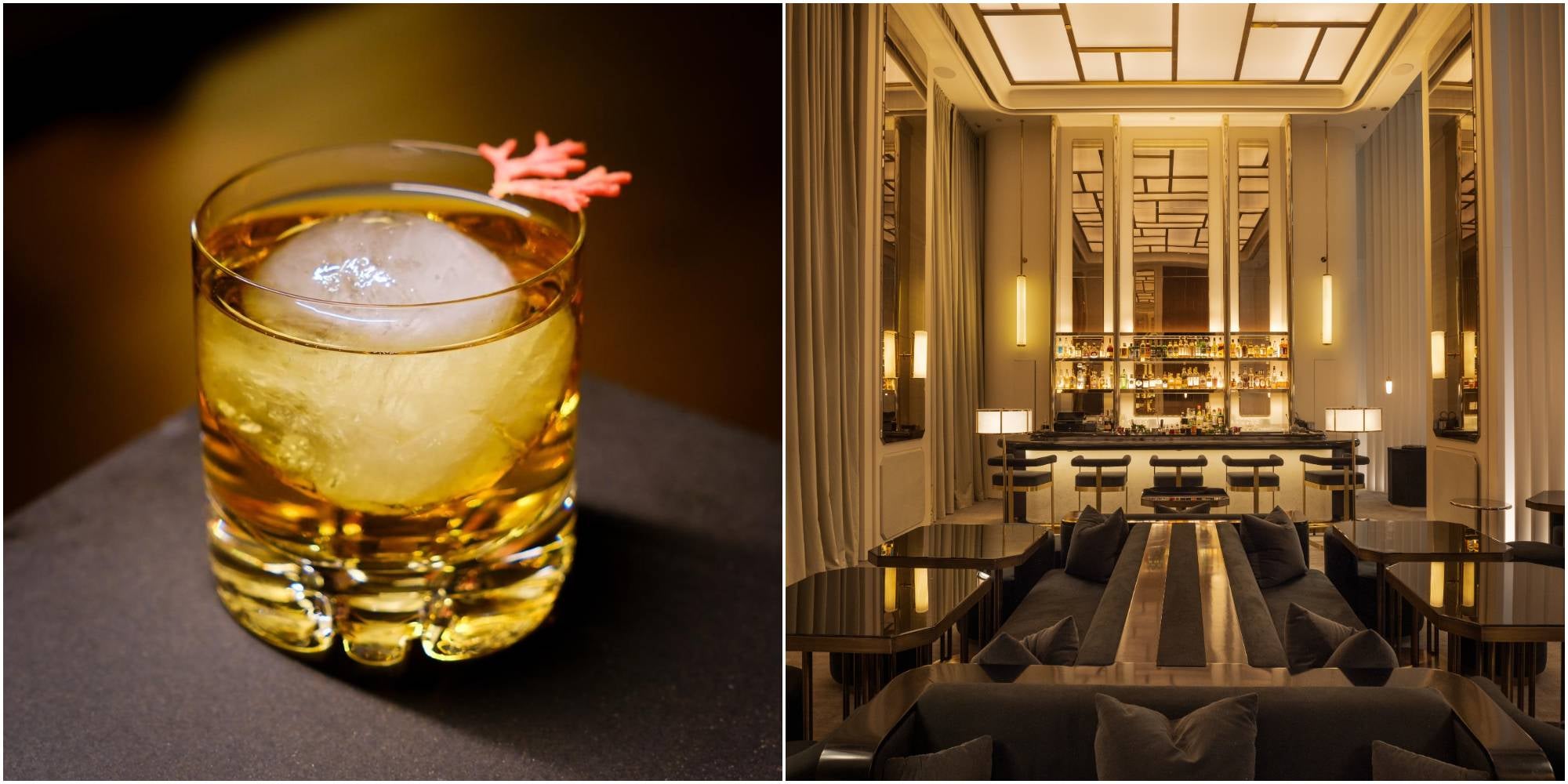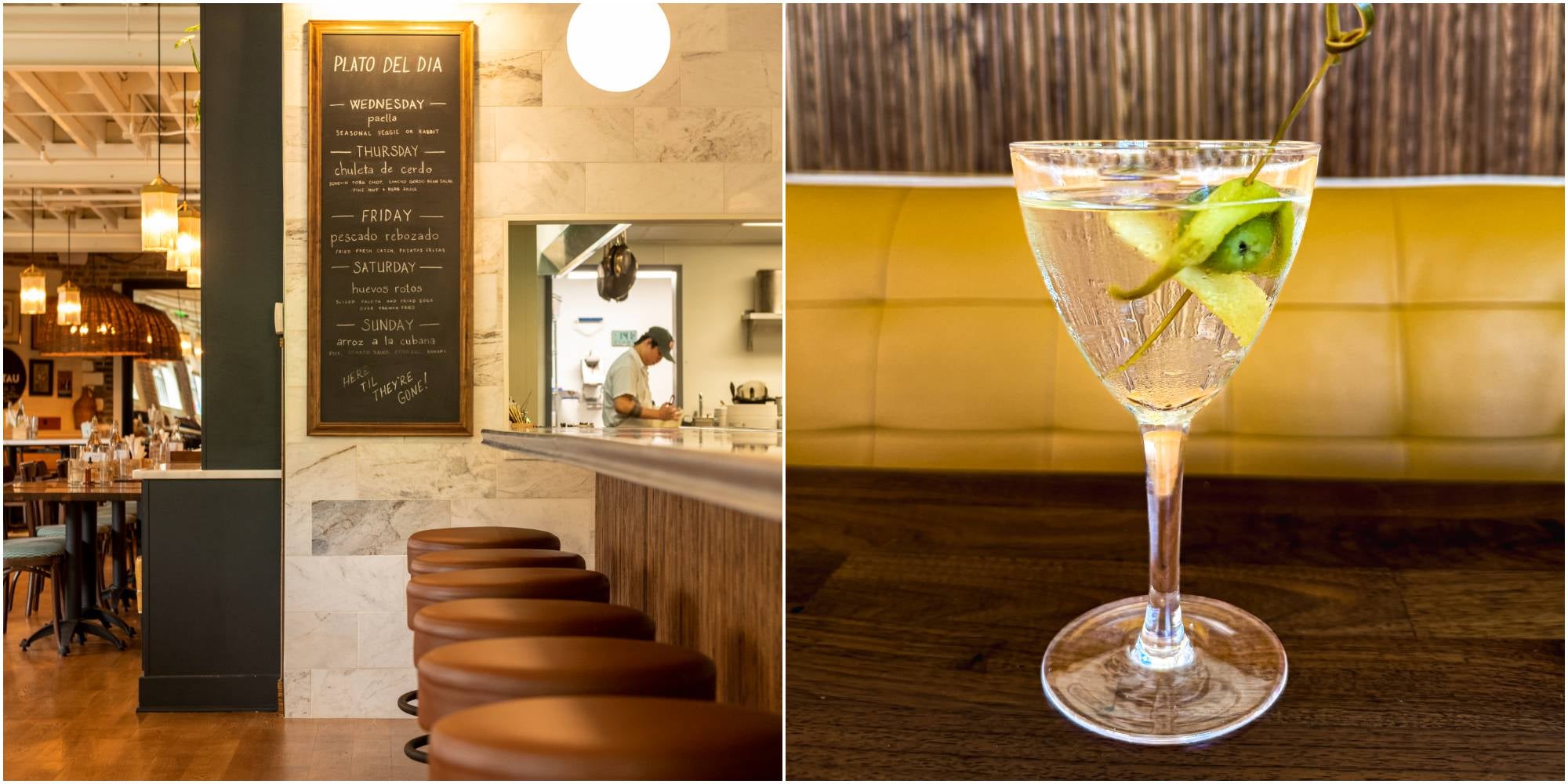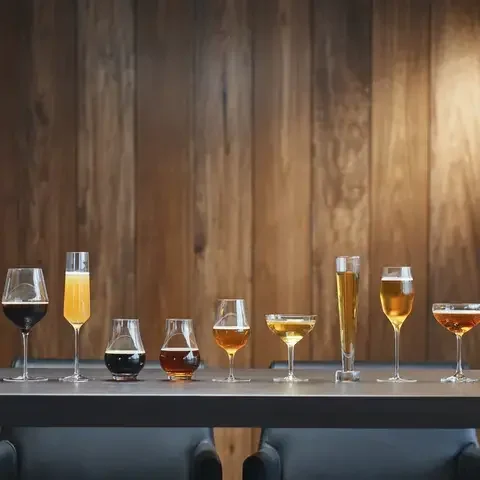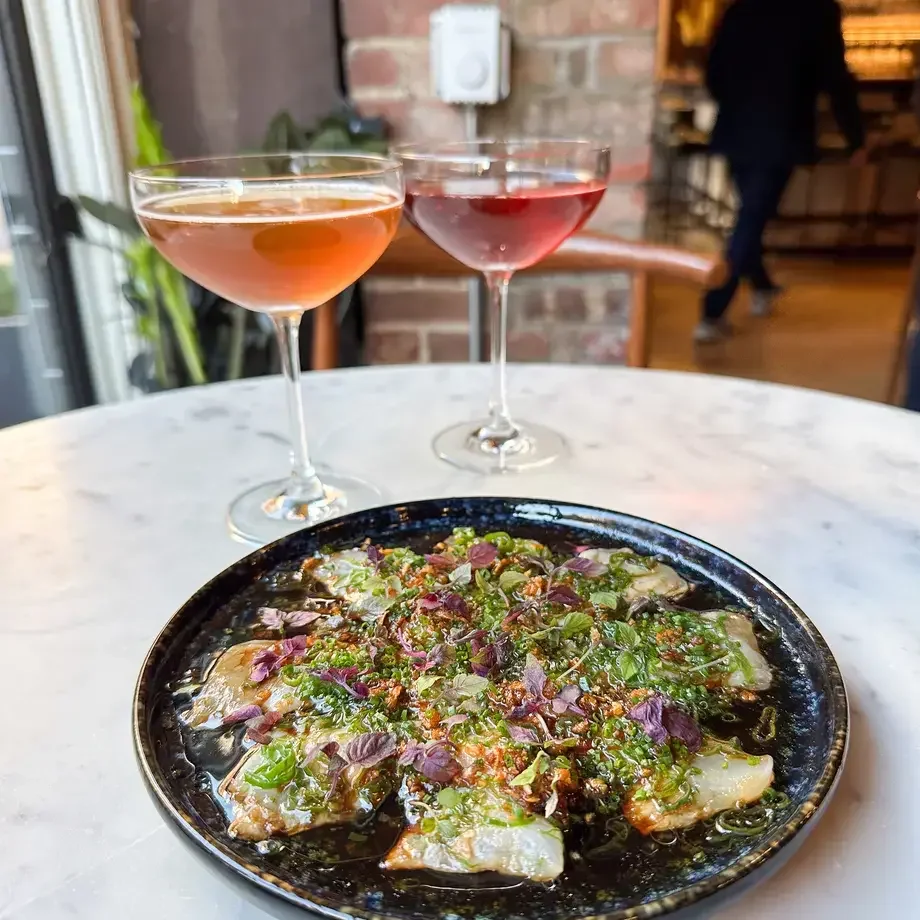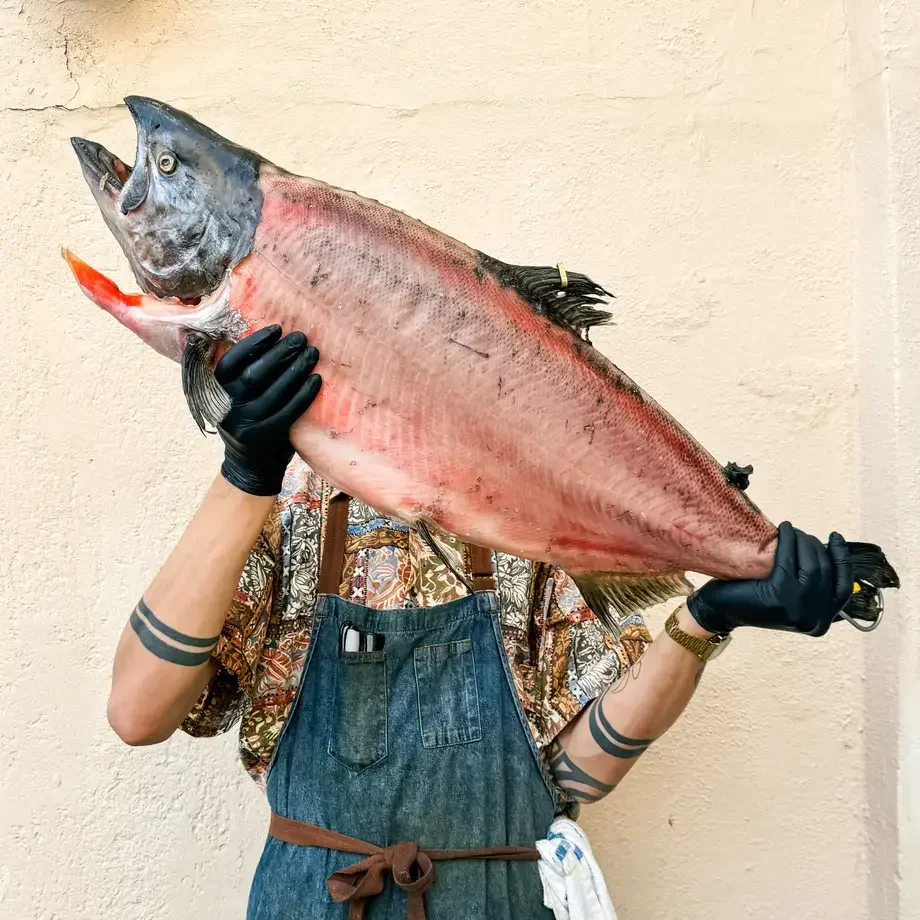Pickled piparra peppers are another savory ingredient that pair well in cocktails, and a preference of chef Katie Button, founder of the James Beard Award-winning Cúrate Bar de Tapas in Asheville, North Carolina. “It has a deeper savory quality, a little bit of heat but not too much,” says Button, who uses both the pepper and its brine in a variety of drinks. “It makes a much softer ‘dirty’ style martini and is the perfect accompaniment for a bloody Mary, but my favorite use is adding the brine to a margarita or mescalita.”
Regardless of the cocktail, Button advises to “go easy on the quantity.” Sample the brine separately to ensure you enjoy the taste then start with a splash of it in the desired cocktail and add more to your liking. She says the piparra can also be used to create a gilda, a classic pintxo snack of skewered pepper, anchovy, and olive, to serve alongside the cocktail and whet your appetite.
Though savory items are behind some of the most popular kitchen-inspired cocktails, there is also a place for sweet and floral ingredients. Fresh flowers, for example, are staples for pastry chefs, who use similar techniques to mixologists to create syrups, infusions, foams, mousse, and sabayon. “Some of the combinations are now becoming ‘classics’ not only in the kitchen but also for cocktails,” says chef Alain Verzeroli, culinary director at Le Jardinier, back in Manhattan, specifically pointing to elevated bar pairings like litchi and rose, cherry and sakura flowers, peach and elderflower, and violets and berries.
“Flowers have a natural color, an acidity, a bitterness, and a natural sweetness,” explains Verzeroli. “The techniques you apply to extract the flavors and color of a floral element are almost endless,” he says, adding to his list to highlight a sugar or salt-based composition, a maceration, homemade bitters, a floral liqueur, a mist, a sugared petal, or arranging petals in an ice cube.
The decision on how to incorporate a flower into a cocktail is decided by its variety, as “each flower requires a different approach, care and treatment,” says Verzeroli, who’s currently using chamomile and lavender syrup in two alcohol-free cocktails at their Bar Bastion. Le Jardinier is revered for menus that celebrate and respect the rhythm of nature, so using different flowers that are in peak season at different times allows the bartender to highlight each at the peak of its maturity. He also appreciates working with hibiscus, orange blossom, daisy, nasturtium and rose (the darker the rose, the stronger the taste).
Whether experimenting with sweet or savory, remember that the most important component is to match the cocktail’s taste and profile, advises Verzeroli. “Use ingredients with subtlety and with the intention to bring an extra freshness, sweetness or texture.”


